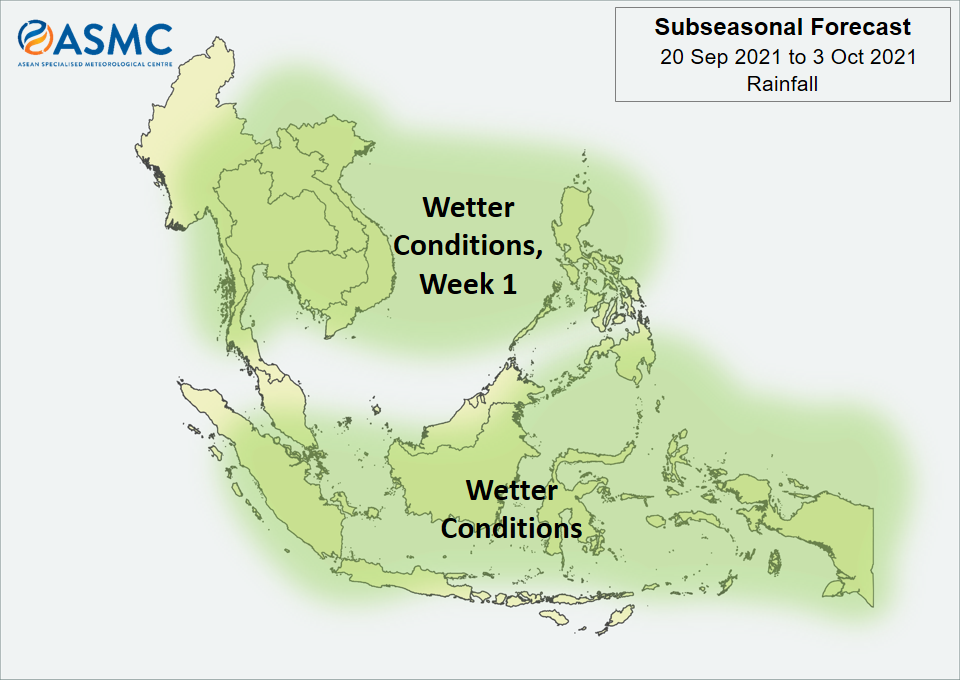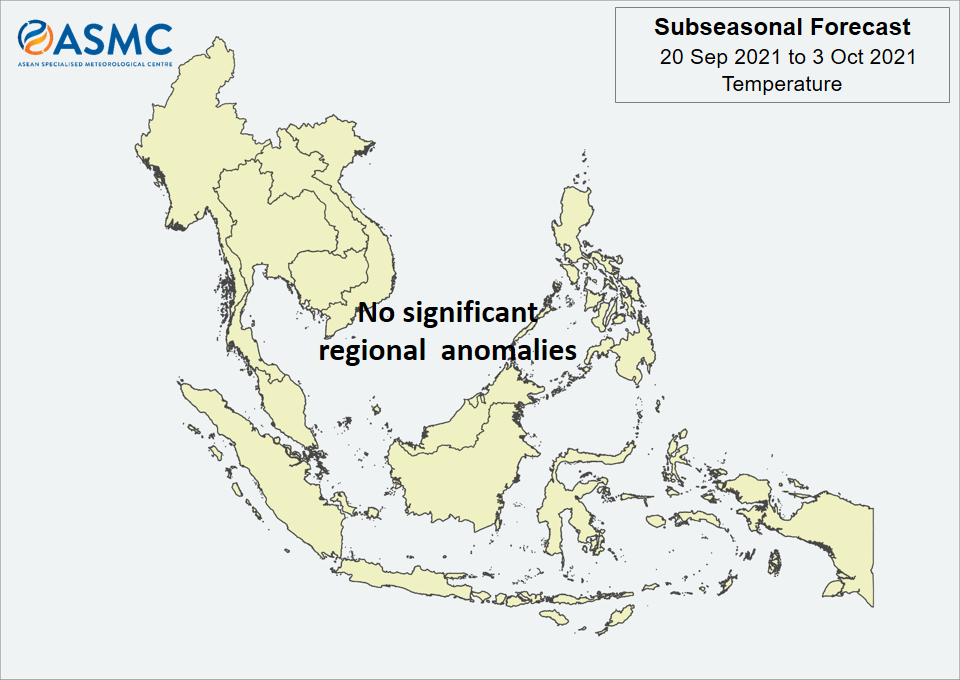
Hong Kong newspapers backed by the ruling Chinese Communist Party (CCP) stepped up their denunciations of independent trade unions in the city on Friday, amid an ever-widening crackdown on civil society under the national security law.
The Beijing-backed Wen Wei Po and Ta Kung Pao newspapers on Friday reported that Hong Kong’s pro-democracy Confederation of Trade Unions (CTU) would be the next civil society group to disband following denunciations by CCP media.
“Our information indicates that the CTU will soon disband,” the report said. “The executive committee met on Sept. 16 to pass the resolution, but it still needs to be formally approved at a general meeting on Oct. 3.”
The report accused the CTU of prompting a “tsunami” of new union registrations during the 2019 protest movement, and of “promoting anti-Chinese sentiment and unrest.”
“They have deviated utterly from the purpose of a trade union under the law, steal from industry, and divide society,” the paper said, naming veteran labor activist Lee Cheuk-ying, who is currently serving a 14-month jail term for his role in the 2019 protest movement.
It also singled out Winnie Yu, the founder and chairwoman of the Hospital Authority Employees Alliance, a labor union representing Hospital Authority staff.
Political denunciations in CCP-backed media are increasingly being used to target civil society groups and NGOs in Hong Kong.
The denunciations usually focus on accusations that a given organization has done something that could be in breach of a draconian national security law imposed on Hong Kong by the CCP from July 1, 2020.
Several groups disband
Several organizations, including protest march organizers the Civil Human Rights Front, the Professional Teachers’ Union, and Wall-fare, a prison support group for those in custody because of the 2019 protest movement, have disbanded following similar articles, or after being criticized by Hong Kong’s leaders.
The Hospital Authority Employees Alliance said it had recently received a letter from the Registry of Trade Unions alleging that its funds were used for “political purposes.”
The group’s questioning of the effectiveness of Chinese-made COVID-19 jabs and the government’s LeaveHomeSafe app, and its setting up of street booths were also listed as matters requiring explanation, government broadcaster RTHK reported.
“Our alliance’s legal status and the past activities we organized, including the strike to fight for reasonable rights, should be protected by international covenants and the Basic Law,” it quoted acting chairman David Chan as saying.
He declined to comment when asked if the alliance has any plans to disband, RTHK reported.
Meanwhile, another labor NGO, the Asia Monitor Resource Centre, said an article published in the CCP-backed Ta Kung Pao newspaper was inaccurate.
“For decades, we [have been] a civil society organization independent of any local or international organizations,” it said. “We are not a subsidiary unit of any of the organizations as wrongly described in the Ta Kung Pao article.”
The group said it plans to shut down its Hong Kong operations by the end of September and relocate elsewhere in the region.
“The pressure on our operation has intensified significantly,” the group said in a statement on its website. “Therefore, we feel that we are left with no choice but to cease operating in Hong Kong by the end of September.”
Pattern becoming clear
Chung Kim-wah, deputy chief executive of the Hong Kong Public Opinion Research Institute (PORI), said the pattern of denunciation leading to investigation by the authorities is becoming increasingly clear in Hong Kong.
“We have seen so many similar occurrences, in which the Ta Kung Pao or the Wen Wei Po post articles listing [alleged] crimes, sometimes photos, and even stalking some people,” Chung told RFA.
“Maybe the first thing the secretary for security does when he gets to work in the morning is look at the Wen Wei Po or Ta Kung Pao to see which groups they are targeting, and make a list,” he said.
“It looks as if the [pro-CCP] media are running Hong Kong now.”
Set up in 1990, the CTU sprang from the work of the Hong Kong Christian Industrial Committee (HKCIC), a church-backed grassroots labor group active during the 1970s and 1980s.
A coalition of independent and politically unaffiliated union organizations, its membership consisted largely of white-collar unions organizing the civil service and professional or service employees in the public and subvented sectors, including the now-disbanded Professional Teachers’ Union (PTU) and the Hong Kong Social Workers General Union.
Both former leaders Lau Chin-shek, a founding member of the Democratic Party, and Lee Cheuk-yan went on to be elected to the city’s Legislative Council (LegCo).
The CTU was involved in a number of mass protest movements, including the July 1, 2003 march to oppose national security legislation, which was eventually imposed on the city by the CCP on July 1, 2020.
It was also instrumental in founding Hong Kong’s Labour Party in 2005.
Translated and edited by Luisetta Mudie.









